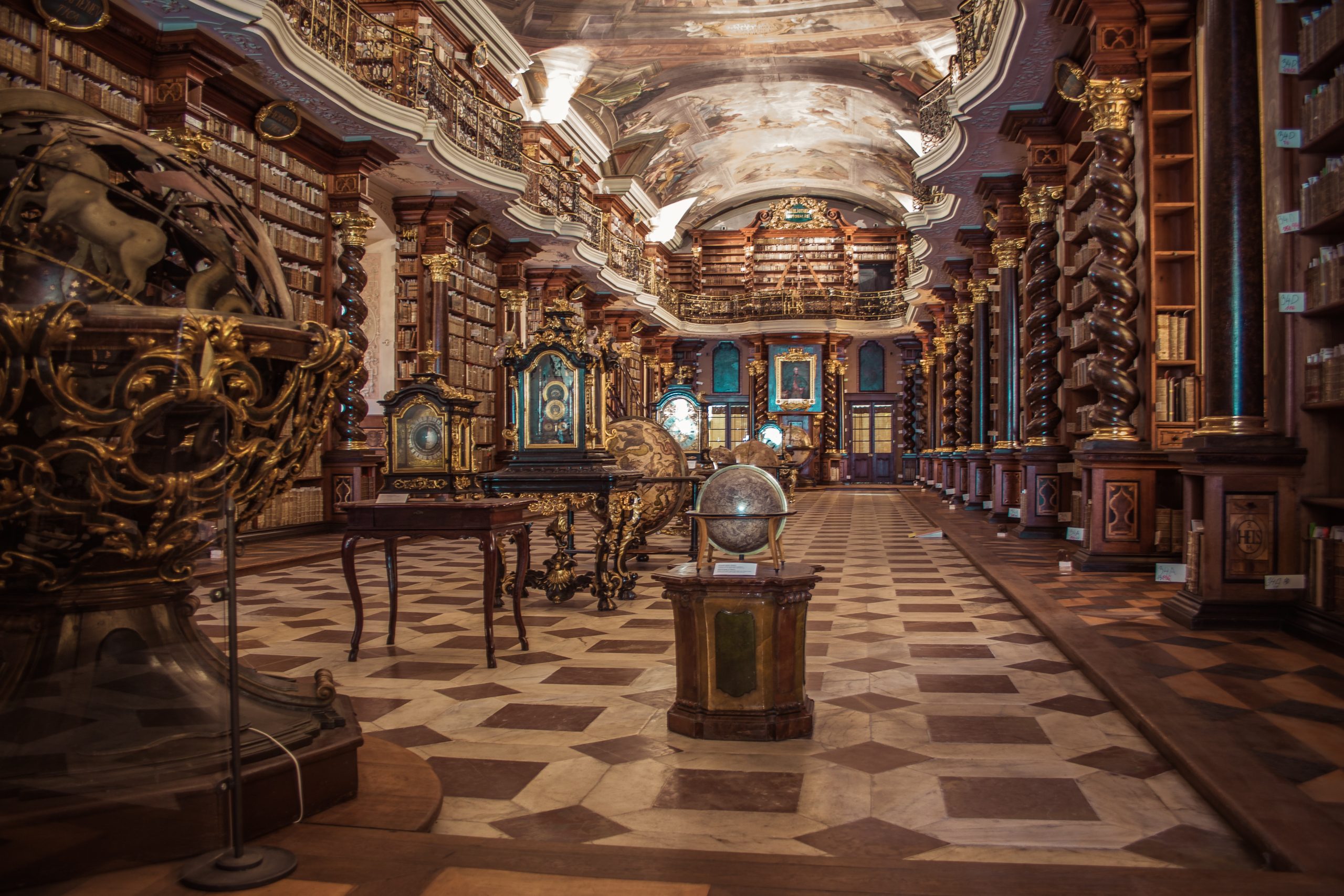Celtic Culture in Scotland: A Rich Tapestry of Tradition, History, and Heritage
Picture a rugged landscape dotted with ancient stone circles, mist-covered mountains, and majestic castles. Hear the haunting sounds of bagpipes echoing through the glens and the lilting melodies of traditional Celtic music. Feel the deep connection to the land, the pride in ancestral heritage, and the enduring spirit of a people who have shaped Scotland’s history for centuries. Welcome to the world of Celtic culture in Scotland.
1. Introduction to Celtic Heritage
Celtic culture, often referred to as “Gaelic culture,” has profoundly influenced Scotland’s identity and traditions. The Celts, an ancient Indo-European people, inhabited much of Europe between 2000 BCE and the 1st century BCE. They migrated to different regions, including what is now modern-day Scotland.
The distinctive features of Celtic culture that endured in Scotland include their language, art, mythology, music, and social customs. The Gaelic language, once spoken widely across Scotland, is still preserved in some areas today.
2. The Early Celts in Scotland
The early Celtic presence in Scotland dates back to around 500 BCE. Various tribes, such as the Picts and the Gaels, settled in different regions across the country.
The Picts, known for their intricate stone carvings and symbol system, dominated northern Scotland. Meanwhile, the Gaels migrated from Ireland and established the kingdom of Dalriada on the west coast.
The intertwining of Pictish and Gaelic influences laid the foundation of Scottish Celtic culture.
3. Celtic Mythology and Religion
Celtic mythology and religion played a vital role in the lives of the ancient Celts. Their rich oral tradition preserved numerous myths, legends, and rituals, often closely tied to their natural surroundings.
Scotland is home to several mythological figures, such as the water spirit, the “kelpie,” or the shapeshifting creature, the “selkie.” Additionally, a significant aspect of Celtic religious beliefs involved reverence for natural phenomena, such as sacred wells and natural landmarks.
4. Art and Craftsmanship
The Celts were highly skilled artisans, leaving behind an impressive legacy of intricate metalwork, stone carvings, and elaborate jewelry.
One of the most iconic examples is the intricate designs found in Celtic knots and patterns. Spirals, interlace designs, and animal motifs were prominent elements in their artwork, showcasing their craftsmanship and symbolic storytelling.
Several museums and historical sites in Scotland proudly display these ancient artifacts, providing a glimpse into the Celtic artistic prowess of the past.
5. Music and Dance
Celtic music, with its distinctive melodies and traditional instruments, is cherished worldwide. Scotland’s traditional music carries with it a sense of historical continuity and emotional depth.
The bagpipes, the national instrument of Scotland, hold a special place in Celtic music. Their haunting melodies can evoke a range of emotions, from sadness to joy, connecting the listener to the spirit of the land.
Traditional Scottish dances, such as the Highland fling and the ceilidh, are an integral part of Celtic culture. These lively group dances often accompanied celebrations, gatherings, and special occasions, fostering a sense of community and togetherness.
6. Language and Literature
The Gaelic language, although less widely spoken today, served as the primary language of the Scottish Highlands for centuries. Despite efforts to suppress Gaelic during periods of political and cultural change, there has been a revitalization of interest and pride in speaking Gaelic in recent years.
Some of Scotland’s most celebrated poets and authors, such as Robert Burns and Sir Walter Scott, drew inspiration from Celtic folklore and legends, infusing their works with a sense of Scottish identity.
7. Traditions and Celebrations
From traditional festivals to annual Highland games, Celtic traditions and celebrations continue to thrive in Scotland.
Samhain, the Celtic festival marking the end of the harvest season, gave birth to the modern-day Halloween. The Beltane Fire Festival, held in Edinburgh, revives ancient rituals celebrating the seasonal transition from winter to summer.
Highland games, which feature athletic competitions, piping contests, and traditional dancing, bring together locals and visitors to honor Scotland’s rich Celtic heritage.
8. Places of Celtic Significance in Scotland
Scotland’s landscape is peppered with ancient sites and monuments bearing witness to its Celtic history:
| Site | Description |
|---|---|
| Callanish Standing Stones | Impressive stone circles on the Isle of Lewis, believed to have been used for ritual purposes. |
| Dunadd Fort | An ancient site in Argyll, associated with the kings of Dalriada and the inauguration stone known as the “Stone of Destiny.” |
| Iona Abbey | A famous Christian pilgrimage site on the Isle of Iona, where Gaelic monasticism thrived. |
| Culross | A preserved 17th-century village with charming Celtic architecture and a unique sense of history. |
9. Continuing Celtic Heritage
While Scotland has evolved over the centuries, embracing cultural and societal changes, the influence of Celtic culture remains deeply rooted.
Efforts to preserve and promote traditions, language revitalization programs, and cultural events contribute to the ongoing celebration of Scotland’s Celtic heritage.
Modern Scottish artists, musicians, and writers draw inspiration from the rich well of their Celtic ancestry, infusing contemporary expressions with echoes of the past.
10. Conclusion
The rich tapestry of Celtic culture in Scotland weaves together the threads of ancient traditions, historical legacies, and a vibrant living heritage. It is a testament to the enduring spirit of a people who continue to cherish their Celtic roots.
So, next time you visit Scotland, take the time to immerse yourself in the magic of Celtic traditions and discover the profound impact they have made on this beautiful and enchanting land.
Sources:
- “Celts” – The Ancient History Encyclopedia, https://www.ancient.eu/Celts/
- “Celtic Mythology” – Celtic Life International Magazine, https://celticlife.com/celtic-mythology/
- “Celts and Roman Britain” – Historic UK, https://www.historic-uk.com/HistoryUK/HistoryofScotland/Celts-in-Scotland/
- “Scottish Highland Games” – Scotland.org, https://www.scotland.org/events/scottish-highland-games
- “Celtic Art” – The National Museum of Scotland, https://www.nms.ac.uk/explore-our-collections/stories/art-and-design/celtic-art/
Table of Contents
